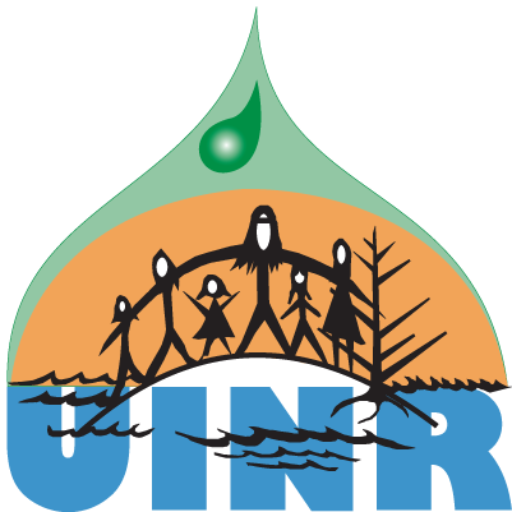This spring if you happen to be fishing or canoeing in the Middle River in Victoria County you might encounter a strange looking contraption floating on the water. Resembling a giant funnel on its side, it’s a smolt wheel, also known by the technical term–”rotary screw trap”.
The smolt wheel belongs to UINR, Unama’ki Institute of Natural Resources, which is working on a research project with partners CEPI Salmon Task Team, CBU’s Bras d’Or Institute and the Fisheries guardians in Wagmatcook and Waycobah, to contribute to our knowledge on why salmon are on the decline in Cape Breton.
The wheel collects young salmon smolt, safely directing them into a tank where they are counted. Smolt are young salmon that migrate each spring from the rivers where they were born and grew up in, to the ocean where they become adults. Every day technicians monitor the collection and once sampled, the smolt are set free to continue their journey.
The wheel will be in the river for several weeks, from the beginning of the migration until the run is over. The purpose of the project is to estimate the number of smolt in Middle River and to collect biological information about the salmon population in Cape Breton rivers.
Lisa Young, UINR’s Executive Director explains “This research project is just one of our initiatives at UINR to help address the serious decline in plamu (Atlantic Salmon) in our rivers. We recently held a two-day workshop that brought together Mi’kmaq and non-native fishers to gather traditional knowledge and first-hand experience from the people who fish our rivers and have observed the changes. Paired with this scientific study, we will be a step closer to understanding the situation we are facing and what tools will need to be developed to address the salmon’s decline.”
Funding for this project has come from Fisheries and Oceans Canada and the Atlantic Salmon Conservation Foundation.
lisa@uinr.ca

